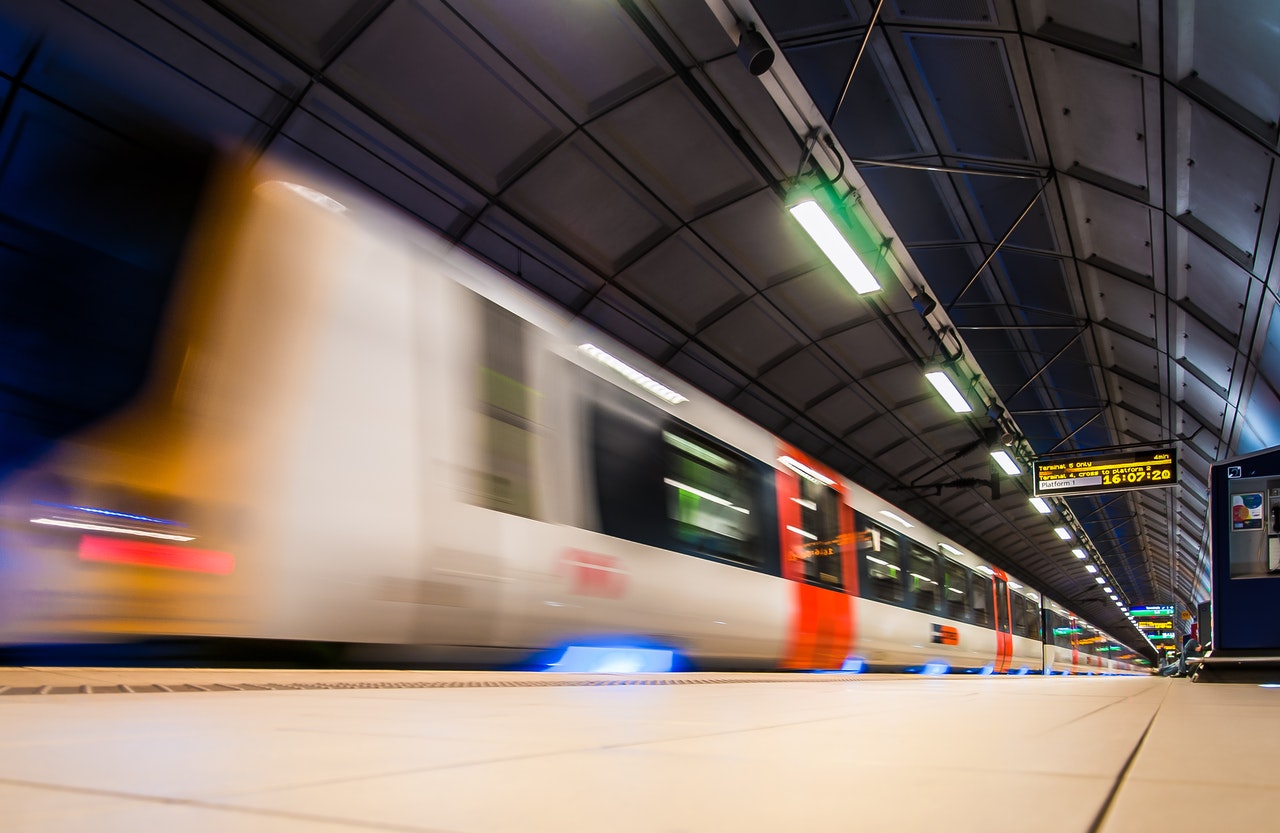
The California High-Speed Rail (CAHSR) grew out of a vision of a “bullet” train spanning the 800 mile distance from Sacramento to San Diego. The environmental benefits of a system of zero emission trains powered entirely by renewable energy are undeniable. When completed, the electrified high-speed rail will keep more than 3,500 tons of pollutants out of the air per year.
Surety Bond Professionals is a family owned and operated bonding agency with over 30 years of experience. With access to a broad range of surety markets, our expert agents are ready to assist with all of your construction bond needs.
When Phase 1 of the California high-speed rail system is completed, CAHSR will connect Los Angeles and San Francisco, allowing passengers to make the 380 mile trip, without transfers, in 2 hours and 40 minutes, with a maximum speed of more than 200 miles per hour. Phase 2 will extend the California High-Speed rail system southward to San Diego and northward to Sacramento. The project owner is the state of California, through the California high-speed rail Authority (CHSRA).
The Cost of the California High-Speed Rail
The project is proceeding in segments as funding becomes available, with different contractors for different segments. Currently far behind schedule, it has been described as “troubled” due to management issues, land procurement problems, and engineering challenges. Obtaining environmental clearances and acquiring right-of-way parcels have proven more difficult than anticipated, though substantial progress is now being made.
The cost, estimated at 33 billion when the project was launched in 2008, by 2020 was estimated to be $80 billion—all of it funded by the taxpayers. When last polled, Californians were nearly evenly divided as to whether the project should continue (42% against and 41% for).
Every two years, CHSRA must present a new business plan for the California high-speed rail system to the legislature. Because of the impact of the Covid-19 pandemic and current financial constraints, the 2022 plan places a new emphasis on risk analysis and mitigation as part of the formal authorization process. In the construction industry, contractor bonds are a key risk mitigation strategy.
The Risk Mitigation Role of Contractor Bonds for Public Construction Projects
All construction projects carry a certain risk of financial loss, and with a project the size of CAHSR, that risk is enormous. Protecting the state of California and its taxpayers against financial loss is essential. For hundreds of years, surety bonds have been the primary way to mitigate the risks inherent in large construction projects, particularly the risk of contractor default before project completion. In this case, with multiple contractors working on different segments of the rail system, the risk picture is a complicated one.
Since 1893, the federal government required contractors working on federally funded projects to provide performance bonds as protection against contractor default. The Miller Act of 1932 mandated both performance and payment bonds for all federal construction contracts valued at more than $100,000—a requirement that still applies. Individual states have passed similar legislation, commonly referred to as “Little Miller Acts,” requiring performance and payment bonds for state-funded public works projects.
There are several common causes of contractor default. Some bid too low to win a contract, only to find themselves with inadequate cash flow to complete the project. Some take on too many projects, overcommitting their resources. Others simply don’t do a good job planning and managing a project. And some are caught off guard by supply chain disruptions or changes in the economy.
Construction project owners like CHSRA minimize the impact of contractor nonperformance or default by requiring bid bonds, performance bonds, payment bonds and other types of bonds commonly used in the construction industry. These are collectively referred to as surety bonds because they transfer financial risk from the project owner to a surety, typically a division or subsidiary of an insurance company.
Bid Bonds
A bid bond ensures a contractor will, if awarded a contract, accept the job at the bid price. It also serves as a guarantee the winning bidder will qualify for the performance bond that must be purchased to secure the contract. The Miller Act does not mandate the purchase of a bid bond, but public project owners often require them to cover the cost of reopening the bidding process, reviewing proposals, and selecting a new contractor if their first choice if the original winning bidder, for whatever reason, must be replaced.
Performance Bonds
A performance bond is a contractor’s guarantee to complete a project in accordance with contractual requirements and applicable quality standards. If the contractor defaults, the surety will remedy the situation by:
- Taking charge of the project and finding another contractor to complete the work.
- Tendering a new contractor for the project owner’s approval, without taking control of the project.
- Providing technical or financial assistance to the original contractor to facilitate completion of the project.
- Compensating the project owner for losses resulting from the original contractor’s default.
Payment Bonds
Payment bonds guarantee the contractor’s payment of subcontractors and suppliers according to the terms of the contract.
In recent years, owners of private construction projects have also been requiring surety bonds such as these to mitigate the risk to themselves and their investors.
Get A Quote
Our surety bond professionals will get you the construction bonds you need at a competitive rate.


